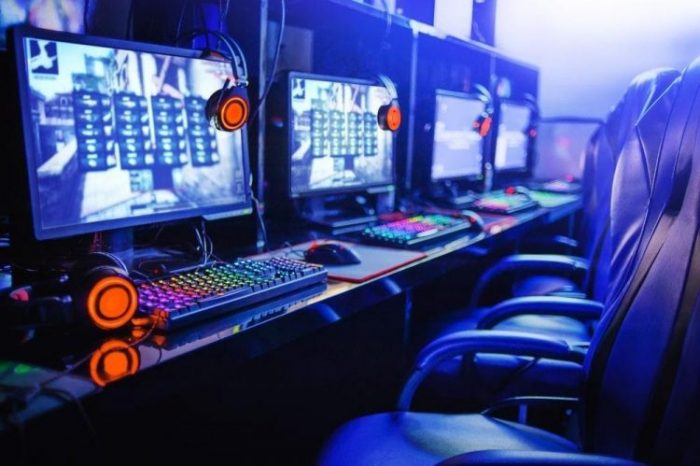To be able to buy the most appropriate computer monitor for you, it is important that you understand the types of monitors available in the market and pinpoint the specifications you need for your work, school, or hobby.
Types of Monitors: Which One is Right for You?
- CRT (cathode ray tube) – This old school monitor is the first computer monitor, which had been historical to the development of today’s computing as we know it, but is almost going obsolete. You can still use a CRT monitor, but everything about it is outdated that you won’t be able to do anything on the screen.
- LCD (liquid crystal display) – Originally developed as a technology for the TV, LCDs were quickly adapted into a computer display since it runs with lesser power than the CRT. LCD monitors are also lightweight, portable and unlike the CRT, can be hung on the wall or elevated with a swivel. Performance-wise, LCDs are ideal for general office work with no advanced graphics requirements.
- LED (light-emitting diodes) – LEDs transmit higher-resolution images even at longer distances. They produce super vivid and colorful images that are closest to the intended colors. This monitor is ideal for people who do a lot of graphics, photo manipulation, digital drawings, and other creatives. LCD is 40% more energy-efficient than CRT monitors. However, LEDs rank 20% higher in energy efficiency when compared to LCDs.
- Touchscreen – Touchscreen monitors work similarly to the screens of mobile phones and tablets. The potential for this one isn’t fully embraced yet, but artists and other people who draw on the computer could take advantage of the convenience this monitor could bring.
- Plasma – Plasma produces perfectly balanced brightness and contrast, which results in extremely sharp images. This type of monitor can also adapt to large proportions, so setting it up on the wall is absolutely possible.
- OLED (organic light-emitting diodes) – OLED is the latest in monitor technology. It isn’t as common as LEDs and LCDs, but it displays the blackest of blacks and most accurate colors you can find. If you’re going to be using the computer to view or manipulate 360/3D vision, OLED monitors are the only type of monitor with this feature.
Other Important Monitor Considerations
Different people will use monitors differently. For example, John is a professional gamer, so his choice of monitor is something in the 25 to 29 inches big with 1440p 4K resolution, high refresh rates, and response time. Jane, on the other hand, won’t be playing on her computer but will use it strictly for her programming work, so she’s looking for a monitor that could be used for a dual monitor set-up.
Other important monitor considerations specific to your needs may include in one (or more) of the following:
- Ergonomics: Many high-end monitors provide the best-looking images and fast response times, but have no way to adjust the height, swivel, pivot, or tilt. If ergonomics is important for you, look for a monitor that could provide customization options.
- Power-saving mode: Aside from Energy Star-certified monitors, you might also need to check out if the display you’re eyeing has a power-saving mode (turns off when not used).
- Ultrawide or curved monitors: Anyone whose job requires more space than normal, whether you’re multitasking, live-streaming a game, will benefit from an ultrawide or curved monitor.
- Color accuracy: If your profession involves creating or editing graphics, videos, and images, having a monitor that produces accurate colors is important.
- Size and resolution: People who are going to use the monitor for visual production need displays with higher resolution and bigger screen sizes.
- Monitor technology: Do you need top-quality colors? IPS panels are not the cheapest monitors in the market, but they can deliver superior colors regardless of size and resolution.
- Eye-related issues: Do you get dizzy with abnormal movements easily? Pick a monitor with low-glare, pulse width modulation, and flicker-free features, which are friendlier to people with eye-related issues.
- Connections and ports: You may not think about this now, but if you’re going to hook up an older laptop to your monitor, you might need one with DisplayPort or HDMI connectors. Also, look for USB inputs for monitor peripherals.
Some specifications, such as latency and color gamut, won’t affect most people’s day-to-day computing tasks. This is especially true if you’re only going to use the monitor for tasks other than hardcore gaming or creative jobs (Photoshop, editing, and so on).
Like other PC parts, monitors are not created equally. If you’re strapped for cash and only have limited funds, this would also limit your options. However, this doesn’t mean you’ll be left with a low-quality display. You can still buy a budget computer monitor in the market and still be able to perform the tasks you need. You’ll just need more effort hunting for that particular model.
